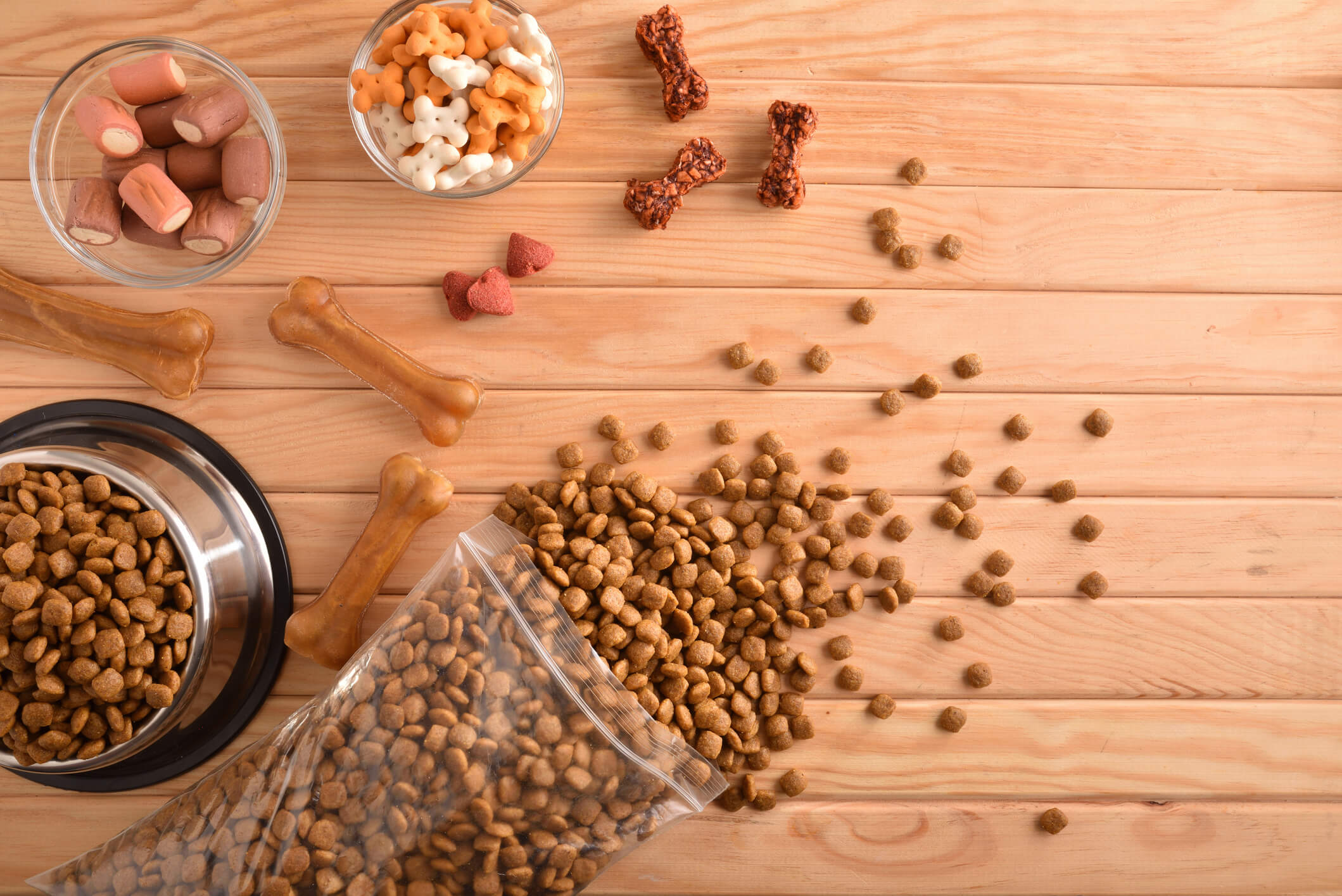
Successfully Switch Your Pet's Food with These Tips
Nutritional needs change throughout a pet’s life. Pet parents have to adjust their cat’s or dog’s diet to accommodate those needs. However, switching up their diet is a bit more complicated than pouring a new formula into the food bowl.
Changing a pet’s food is a delicate process that has to happen gradually over time. Here are a few things to keep in mind while transitioning to a new pet food.
- Find the reason for changing it: New food is a big change for pets. Switching up their diet for no reason isn’t the best idea. Pet parents should think about why it’s become necessary to give their cat or dog a different formula. Some pets need a new diet to help them lose weight or avoid a food allergy. Others require specialized diets for new life stages or recently diagnosed health conditions. Understanding why your pet needs different food will help you pick the right formula.
- Ask your vet for recommendations: Always consult your vet before switching to a new pet food. They’ll help you choose a formula that’s suitable for your pet’s specific health needs. Conditions such as diabetes, arthritis, allergies and kidney disease play a role in determining the blend of nutrients in your pet’s food. The vet can examine your pet for underlying issues that may affect which food you choose. Speaking with a vet first ensures you don’t accidentally cause digestive upset or other problems with the wrong formula.
- Gradually introduce new food: Your pet has spent months or years eating the same food every day. Changing their diet too quickly can result in gastrointestinal issues such as vomiting, diarrhea or loss of appetite. Introduce new food over the course of seven to 10 days. For the first three days, feed your pet 75 percent old food and 25 percent new food. Then, give 50 percent of each food for three more days. Finally, move to 25 percent old and 75 percent new for three days before giving them entirely new food.
- Transition slower if necessary: Some pets might need more than 10 days to get used to their new food. As you gradually make the switch, keep an eye on how your pet responds to each stage of the transition process. Go back a step if they develop gastrointestinal issues. Instead of adding 25 percent new food, you might add only 15 percent. Go at your pet’s pace until they’re able to tolerate the new food with no side effects.

- Add probiotics to the new diet: Your pet may need a little extra help adjusting to their new diet. Probiotics can reduce digestive upset by improving your pet’s gut health. Probiotics contain good bacteria that help balance the gut microbiome. A healthy gut makes stool the right consistency and guards against gastrointestinal discomfort. Give your pet a daily dose of probiotics through treats, supplements or nonfat plain yogurt.
- Monitor your pet’s symptoms: Sometimes a certain type of food just doesn’t sit right with your pet. They might experience digestive upset, even with probiotics and a slow transition period. Speak with the vet if you notice persistent vomiting, diarrhea or loss of appetite. These symptoms could indicate you need to try a different food entirely. Give your pet the old food until your vet recommends a more suitable formula.
- Keep portion sizes the same: When you mix two different types of food, it’s easy to accidentally feed your dog or cat more than their regular amount. The mixture of old and new food should add up to the appropriate calorie count. This may require some calculation based on each food’s calorie count. You should only give your pet more or less food under a vet’s guidance.
- Make the new food extra-tasty: Some cats and dogs resist new food simply because they’re picky eaters. They like their old food and see no reason to change it! Entice stubborn pets to eat new food by topping it with a healthy treat. Pour a little bit of low-sodium chicken broth over the food for some added flavor. You can also try small amounts of wet food, blueberries or pumpkin puree. Be sure to factor the toppings into your pet’s daily caloric intake.
Switching to a new pet food takes more effort than you might think. Although the process requires time and patience, new food will support your pet’s health better than the previous formula. Your vet is a great source of knowledge who can help you every step of the way. You two can work together to find a new food your fur baby will love!


